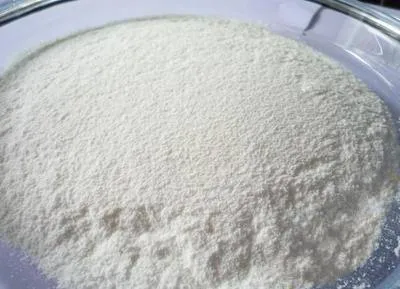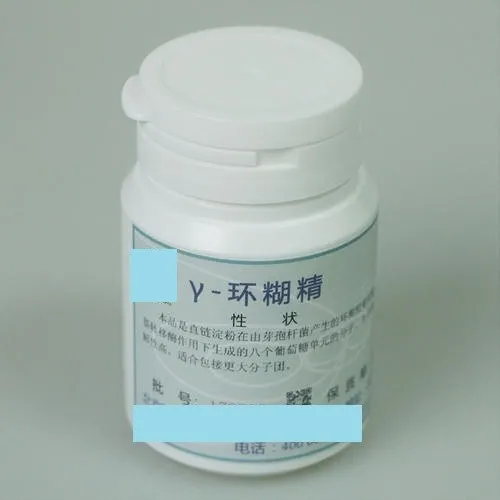Dextrin mainly refers to products with reducing sugar co
ntent (DE value) below 20% obtained after starch degradation by different methods, mainly including pyrolytic dextrin, maltodextrin and cyclodextrin. Dextrin is widely used in adhesives, Papermaking, textile, medicine, food, casting and other industries. Reducing sugar co
ntent is a key indicator for the classification of dextrin products when im
porting. According to the difference of the main ingredients and reducing sugar content, dextrin products involve multiple tax numbers such as 1702.9000, 2940.0090, 3505.1000.
1. What is reducing sugar?
Reducing sugars refer to sugars with reducing properties. The reducing sugars co
ntained in dextrin products include glucose and maltose; maltose is composed of two molecules of glucose. Starch is a type of polymer carbohydrates polymerized by D-glucose molecules. o
nly dextrose exists in nature. In the process of starch hydrolysis, due to different processes, pyrolytic dextrin and maltodextrin will produce a small amount of maltose or even glucose, which has a certain degree of reduction.
2. What is the reducing sugar content?
The reducing sugar co
ntent refers to the percentage co
ntent of reducing sugars and glucose end groups with reducing activity in terms of dextrose after testing. The greater the degree of starch hydrolysis, the higher the co
ntent of free glucose, maltose and glucose end groups with reducing activity, and the stro
nger the reduction. The "reducing sugar content" in the declaration elements of "
Import and Export Tariff Commodities and Items Notes" and "
Regulatory Declaration Catalogue and Interpretation" is co
nsistent with the Dextrose Equivalent (DE value) in the starch sugar industry.
Types and classification of dextrin

Maltodextrin
 Pyrolytic dextrin
Pyrolytic dextrin

Cyclodextrin
3. Interpretation of standard declaration elements
According to the “
Regulatory Declaration Catalogue and Interpretation”, the standard declaration requirements for dextrin under 1702.9000, 2940.0090, 3505.1000 are as follows.
1). Product name, ingredient co
ntent and use: fill it out clearly and truthfully and accurately according to the actual situation. Different types of dextrins have obvious differences in production technology, ingredient co
ntent and use.
2). Reducing sugar content: percentage content, if it is a solution, it should be calculated on a dry basis. The co
ntent of reducing sugar can reflect the degree of hydrolysis of dextrin in the production process. It is obtained through testing in accordance with relevant standards and methods and is not ba
sed on imagination and fabrication.
Business Division of Food Safety and Regulatory Compliance of Global Foodmate provides food standards & regulations research, labelling compliance consulting/Chinese label design, industry public opinion monitoring and analysis, registration services (of Infant formula, FSMP, Health food, Novel Food Ingredients, Novel Food Additives, New Varieties of Food-Related Products and Overseas manufacturers of imported food) and other comprehensive food safety solutions for domestic and overseas enterprises and institutions in food industry.
Please feel free to contact us: +86 10 68869850, E-mail: global_info@foodmate.net






